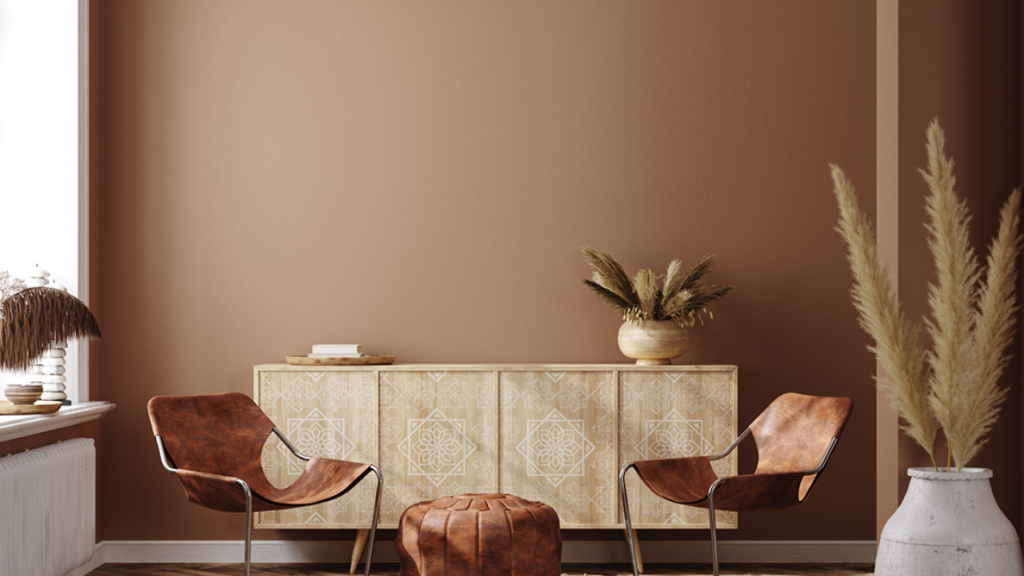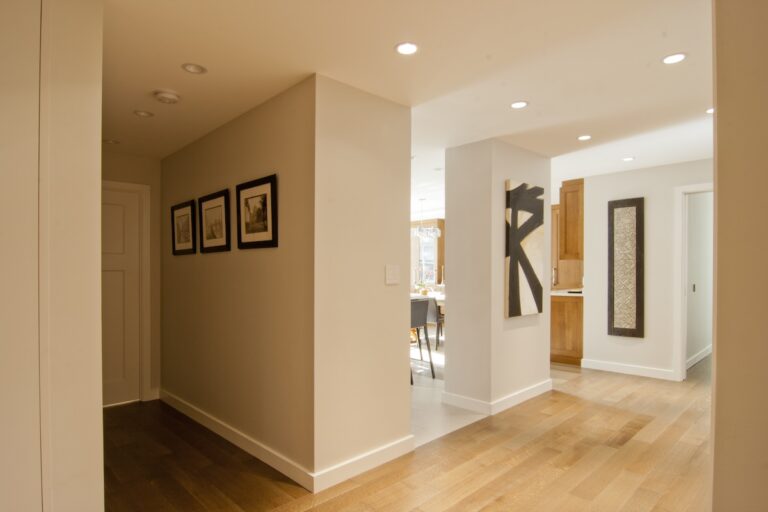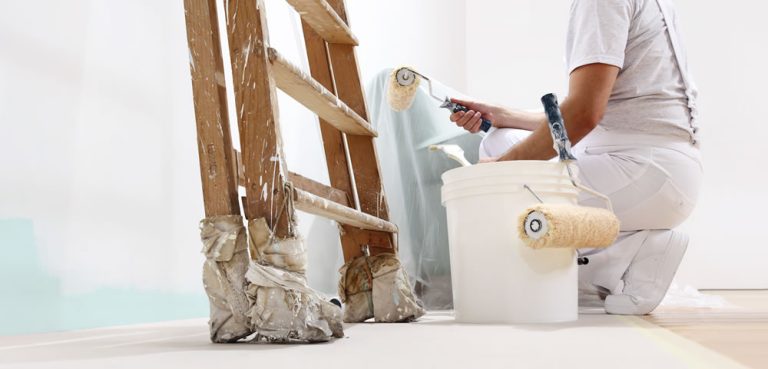Interior Home Painting With Water Based Emulsion or Oil Based Paint
Painting the interior of your home is an exciting project that can breathe new life into your living space. Choosing the right type of paint is essential for achieving the desired results. In this article will explore the differences between water-based emulsion and oil-based paint and provide insights from expert painters in Dubai. Whether you’re looking for durability, ease of application, or environmental friendliness, this guide will help you make an informed decision.
A fresh coat of paint can transform the ambiance of any room. Before diving into the details, let’s understand the differences between water-based emulsion and oil-based paint.
Water-Based Emulsion Paint
Water-based emulsion paint, or latex paint, is made by suspending pigment particles in water. This type of paint has gained popularity due to its ease of use, quick drying time, and low odor. It is also available in various colors, making it suitable for various design choices.
Oil-Based Paint
Conversely, oil-based paint is made by suspending pigment particles in an oil medium, typically derived from linseed oil. Its durable and smooth finish makes it ideal for high-traffic areas and surfaces requiring extra protection. However, oil-based paint has a longer drying time and can emit strong fumes during application.
Comparison between Water-Based Emulsion and Oil-Based Paint
When deciding between water-based emulsion and oil-based paint, consider the following factors:
Durability
Oil-based paint is known for its exceptional durability and resistance to wear and tear. It forms a hard, resilient surface that can withstand frequent cleaning and scrubbing. Water-based emulsion paint, while durable, may not be as resistant to abrasion and may require more frequent touch-ups in high-traffic areas.
Drying Time
Water-based emulsion paint dries quickly, usually within a few hours. This allows for multiple coats and faster project completion. Oil-based paint, however, has a longer drying time, often taking several hours or even days to fully dry and cure.
Odor and VOCs
Water-based emulsion paint has a lower odor compared to oil-based paint. It also contains fewer volatile organic compounds (VOCs), making it a more environmentally friendly option. Oil-based paint, while durable, emits strong fumes during application and requires proper ventilation.
Finish and Appearance
Both water-based emulsion and oil-based paint offer a range of finishes, including matte, satin, and glossy. However, oil-based paint typically provides a smoother and more lustrous finish, while water-based emulsion paint tends to have a softer and more subtle appearance.
Factors to Consider When Choosing Paint
When choosing paint for your interior walls, consider the following factors:
- Purpose of the room:
Different rooms have different requirements. For example, a kitchen or bathroom may benefit from the durability of oil-based paint, while a bedroom or living room may be well-suited for water-based emulsion paint.
- Personal preference:
Your style and design choices should guide your paint selection. Consider factors such as color, finish, and overall aesthetic appeal.
- Ease of application:
If you prefer a DIY approach, water-based emulsion paint is generally easier to work with due to its faster drying time and easy cleanup with water.
Expert Tips for Interior Home Painting
To achieve a professional-looking paint job, consider the following tips from expert painters in Dubai:
- Properly prepare the surface by cleaning and removing any loose paint or debris.
- Use high-quality brushes and rollers for a smoother and more even application.
- Apply primer before painting to improve adhesion and enhance the longevity of the paint.
- Apply multiple thin coats rather than a single thick coat for better coverage and a more uniform finish.
- Allow sufficient drying time between coats to avoid smudging or streaking.
Step-by-Step Guide for Painting Your Home
Follow these steps for a successful interior home painting project:
Clear the room:
Remove furniture, fixtures, and other items, or cover them with protective sheets.
Prepare the walls:
Clean the walls and repair any cracks or imperfections. Apply primer if necessary.
Protect the floors:
Use drop cloths or plastic sheets to protect the floors from paint spills or splatters.
Start with the ceiling:
Paint the ceiling first using a roller. Allow it to dry before proceeding.
Paint the walls:
Use a brush or roller to paint the walls in even strokes. Start from top to bottom and work in small sections.
Trim and details:
Using a brush, paint the trim, baseboards, and other details.
Allow the paint to dry:
Follow the drying time mentioned on the paint can before applying additional coats or reassembling the room.
Clean up:
Clean your brushes, rollers, and any paint spills or splatters immediately after painting.
Frequently Asked Questions (FAQs)
While not always necessary, primer can improve adhesion and provide an even finish, especially on porous surfaces.
Yes, but proper surface preparation and priming are essential for ensuring good adhesion.
With proper application and maintenance, water-based emulsion paint can last several years.
Oil-based paint is often recommended for exterior surfaces due to its durability and ability to withstand harsh weather conditions.
Mixing these two types of paint is not recommended, as they have different properties and may not create a desirable outcome.
Conclusion
Choosing the right paint for your interior home painting project is crucial for achieving the desired results. Whether you opt for water-based emulsion or oil-based paint, consider factors such as durability, drying time, odor, and finish. Seek professional advice, and follow expert tips to ensure a successful paint job. Transform your living space and create a vibrant and inviting ambiance with the perfect choice of paint.
Helpful Resources:
- https://www.inspirationspaint.com.au/articleview/230/whats-the-difference-between-oil-and-water-based-paint
- https://that1painter.com/oil-based-vs-water-based-paint/
- https://paintingdrive.com/water-based-or-oil-based-paint/







